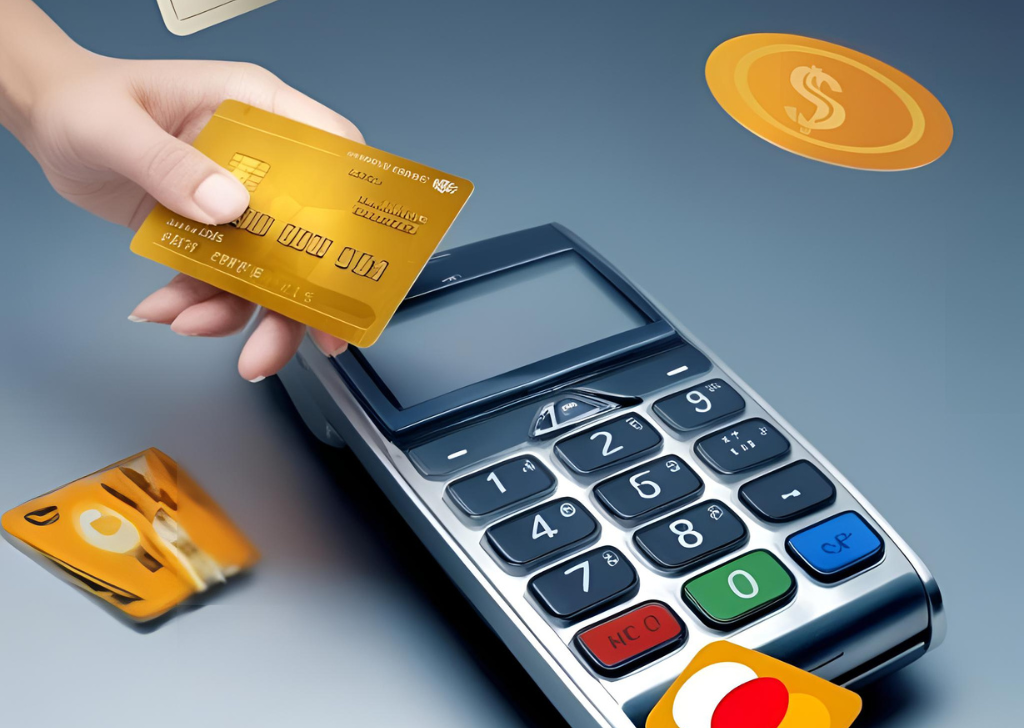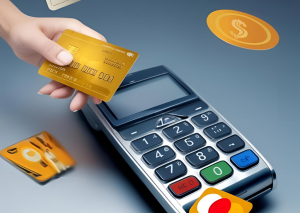The increasing prominence of international e-commerce requires both consumers and businesses to make critical choices about payment options. Electronic payment methods, including credit/debit cards, internet banking, and mobile applications, are examples of digital payment methods. They frequently include transaction information and are swift and simple to use. Cash payments are straightforward and commonly accepted financial transactions that are less secure owing to the possibility of theft or loss and a lack of digital records. Despite the widespread use of digital payment methods like credit cards, virtual wallets, and electronic money transfers, cash is still essential for many purchases.
Cash vs. Digital: Preferences and Practicalities
Cash is favored in areas with insufficient digital infrastructure, particularly in developing nations with erratic internet connectivity, because it is universally accepted and easily accessible. It provides anonymity through undetected transactions and security advantages, such as preventing identity theft and cyberattacks. Additionally, cash is more cost-effective since it avoids the expenses related to digital payments. Consumer decisions are impacted by cultural conventions and individual preferences, with cash being favored due to its ease of use, familiarity, and perceived security. Nonetheless, because of their ease of use and the digitalization of international trade, digital payment systems have grown in acceptance. Cash can not compete with the speed and efficiency of digital transactions, and while technological improvements have improved their security, they are still susceptible to defects.
Convenience, Impulse Buying, and the Psychology of Payments
Individuals of all ages are frequently making digital payments. The majority of respondents stated that they frequently use digital payments, demonstrating how widespread and easily available these options have grown. The general trend is evident: an increasing number of consumers are opting for digital payments, regardless of minor variations in the frequency of use. This result is consistent with the technology acceptance paradigm, which postulates that individuals are more inclined to adopt technologies that simplify their lives and are simple to comprehend. This makes digital payments ideal, which is why they are rising in popularity.
The need for immediate gratification is satisfied by digital payments. It becomes really convenient to purchase objects, like buying food or getting some sort of jewelry, without thinking about the limits that cash presents. Individuals usually have limited cash on them when they are outside, and that is an issue that digital payments do not have. In addition to satisfying the want for instant gratification, this immediacy may encourage impulsive purchases as the emotional rush overcomes the rational assessment of the purchase’s worth.
Emotional and Behavioral Impact of Spending Digitally
According to researchers, using a phone or card on a payment device instead of cash or coins may result in less rigorous budgeting because there is no tangible record of expenditures. As a self-control technique, experts advise carrying cash rather than credit cards to avoid overspending. It is simpler to lose track of spending while using cash since it makes the act of purchasing more noticeable. Spending differences were slight but worth mentioning, especially when it came to conspicuous purchases like jewelry and expensive clothes.
Additionally, the research found that although consumers feel satisfied and safe using third-party payment applications, they frequently feel as though they are losing money when they leave with cash. Sadness and guilt are examples of emotional responses to financial transactions, highlighting a deeper psychological bond with actual money. On the other hand, because digital payments are intangible and abstract figures on a computer take the place of actual currency, they often result in unchecked spending. However, when comparing cashless payment systems to cash, the researchers discovered that tipping and donation contributions done with cash were essentially the same.
Efficiency, Access, and Future Coexistence
When evaluating payment platforms, the efficiency of transactions is a crucial factor. Digital payments shorten transaction durations. enabling rapid exchanges of products and services. Consumers find that quick satisfaction from digital transactions improves the shopping experience because payments can be verified instantly without requiring actual currency handling.

Cash transactions can cause delays in the payment process, especially in settings where change needs to be given or currency needs to be physically tallied. The straightforwardness of utilizing cash, nevertheless, can also make it more effective in some situations, particularly in informal economies or modest transactions where digital payment methods might not be easily accessible.
Social and cultural variables influence consumers’ choices for payment systems. Despite the convenience and speed of digital payment options, people still consider cash a dependable and trustworthy alternative. Consumer behavior is influenced by technological accessibility and financial knowledge. While some regions may continue to use cash as a safety net, others with greater levels of computer literacy are more likely to use digital payment systems. In international e-commerce, the interaction between cash and digital payment systems is essential, and knowing these aspects enables stakeholders to make wise choices. Cash is still a practical choice even if digital payment methods are faster and more convenient, particularly in places without digital infrastructure. Payment options may coexist in the future to accommodate a range of customer demands and preferences. This balanced strategy is vital for organizations to boost customer satisfaction and stay effective in the growing digital economy.

Conclusion: Security, Sustainability, and the Digital Future
Compared to cash, digital payments have several benefits, such as improved ease, security, and cleanliness. They make it possible for more financial inclusion, simpler expenditure tracking, and quicker transactions. Digital payments can help make the environment safer, reduce the risk of theft, and fight tax fraud and corruption. They offer businesses useful data and frequently include incentives like reimbursement. Although cash is still beneficial, digital payments are growing more and more popular due to their effectiveness, transparency, and ability to update financial systems.
Another important factor in digital transactions is the sense of security. Increased customer confidence can lead to increased online and mobile transactions due to improved security measures and fraud prevention linked to digital payments. This assurance, nevertheless, might result in complacency about the dangers of excessive spending or careless personal information protection if it is excessively hopeful. Unquestionably, digital payment technologies have changed how consumers spend their money. They have made transactions easier, but they may also have a significant impact on how one behaves financially.





